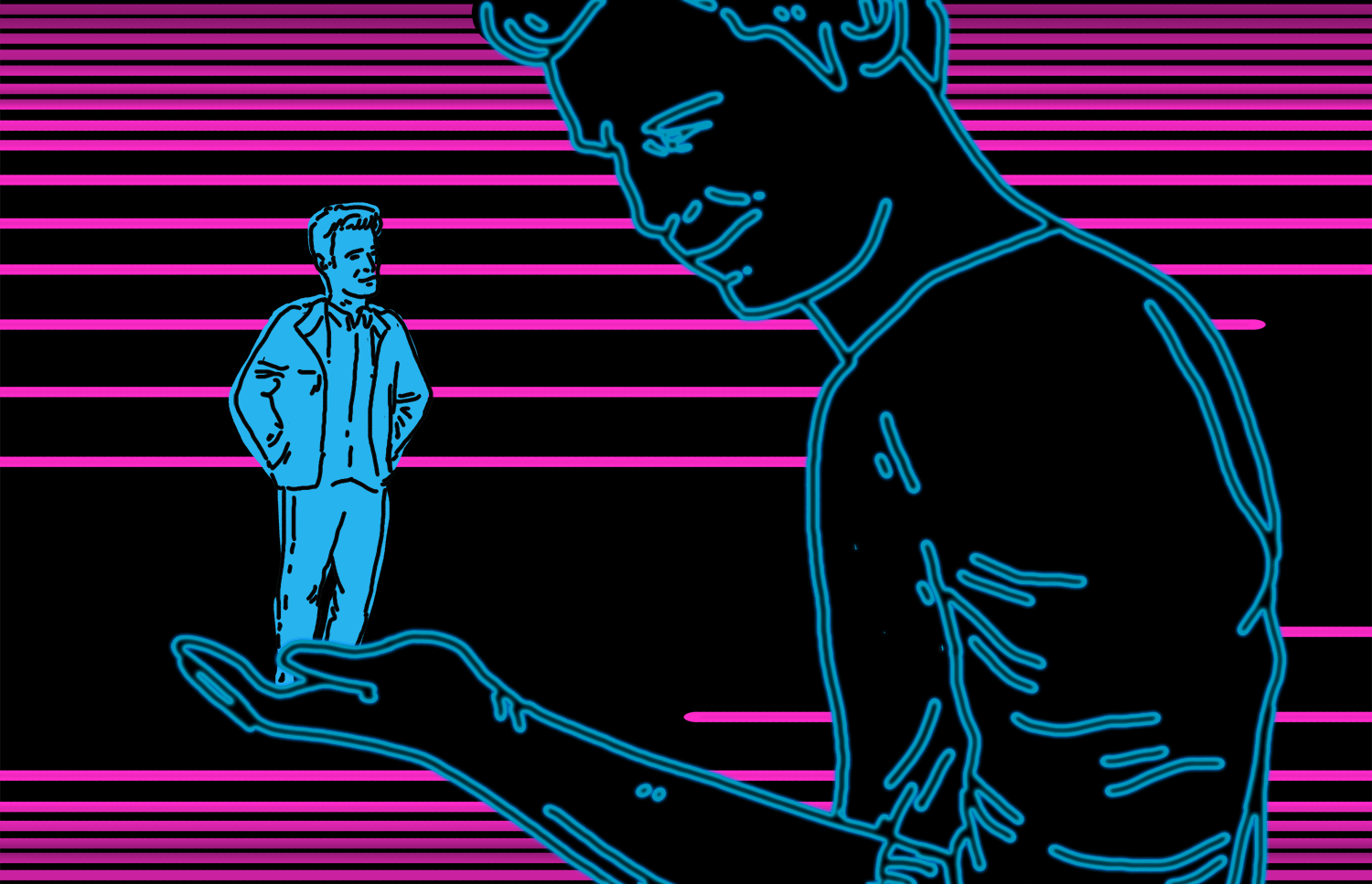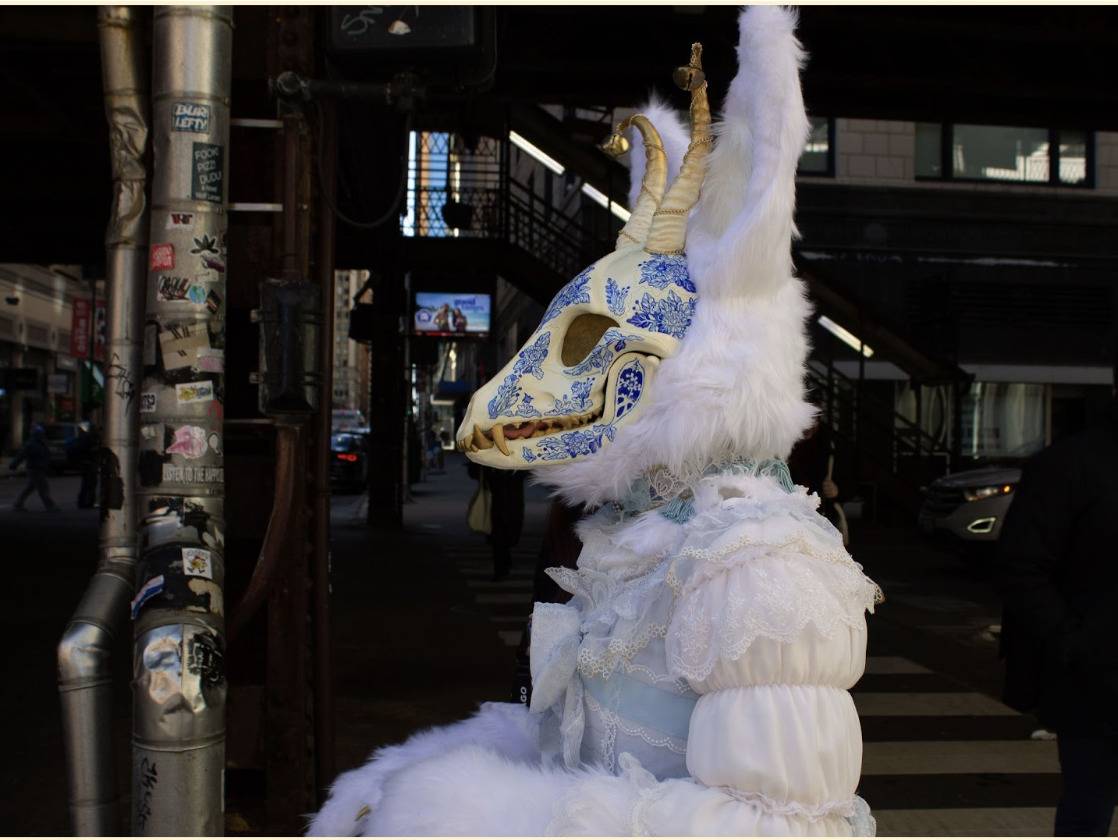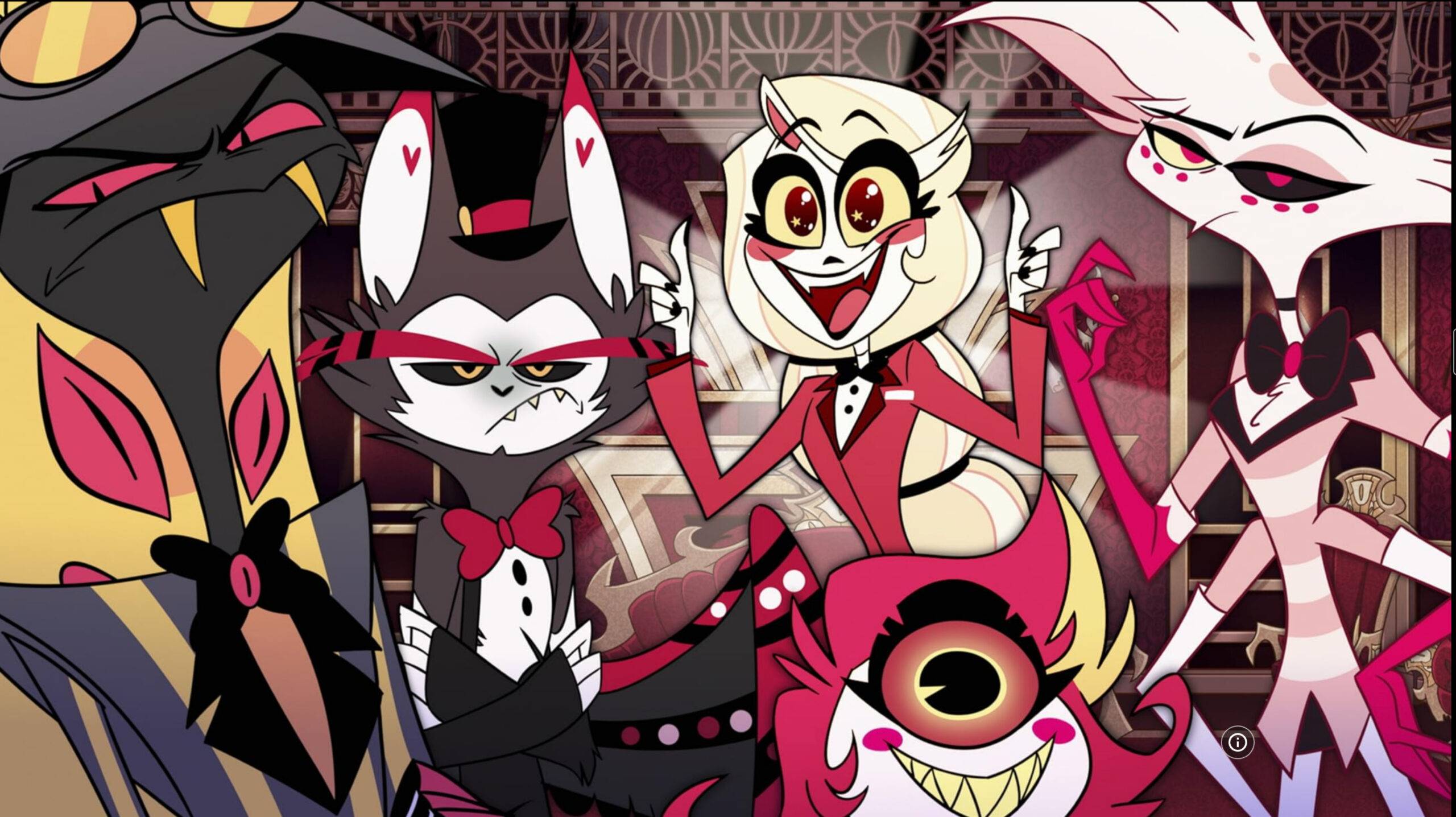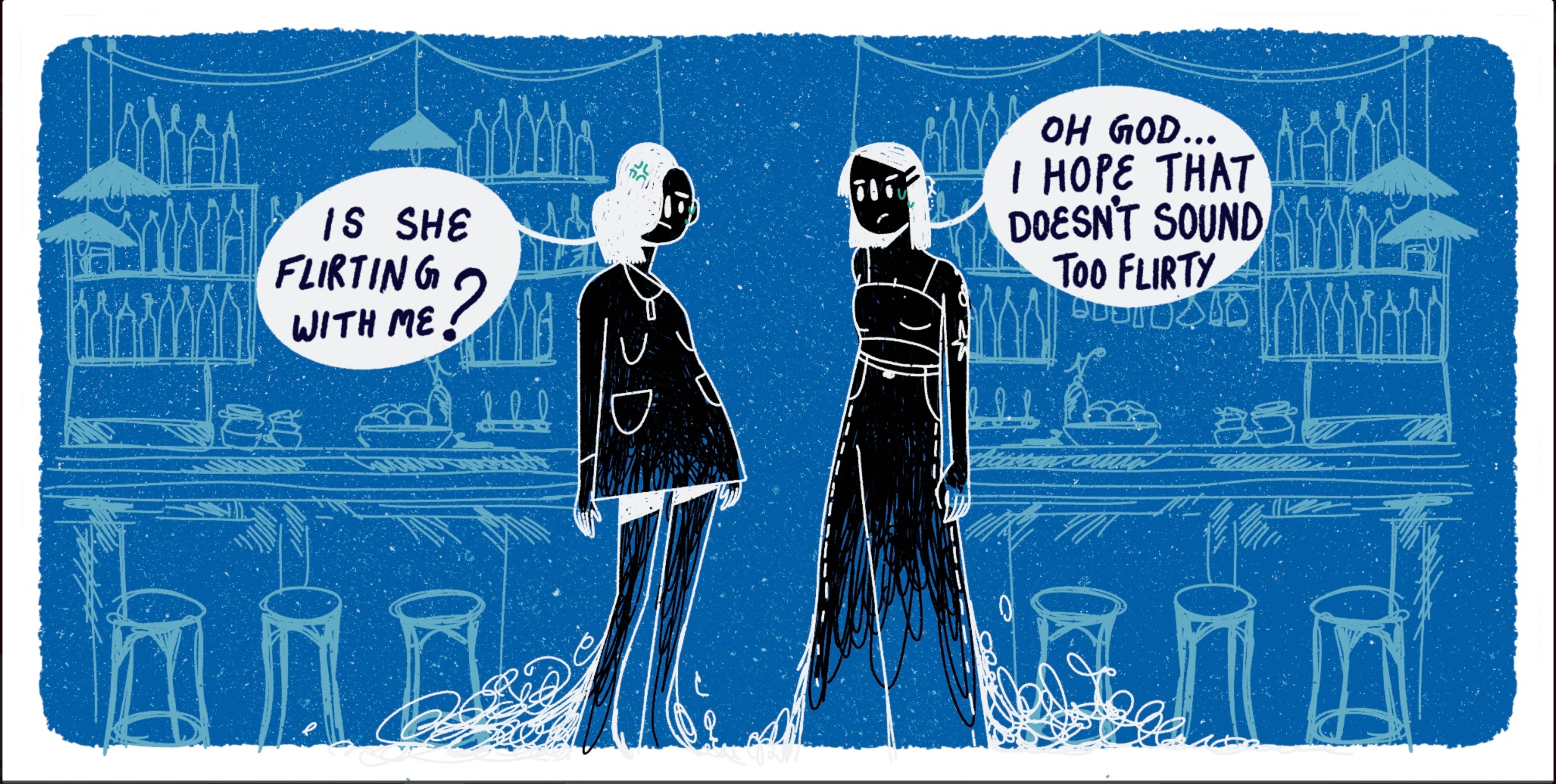
illustration by Alex Kostiw.
In 2014, HBO’s television series “Looking” began to tell the story of three 30-something gay men in San Francisco. At the time, HBO had a hit on its hands with Lena Dunham’s “Girls” and initially there was an expectation that “Looking,” which shared a similar premise, would follow in its footsteps, tonally as well as structurally.
If not a counterpart to “Girls,” there was even the notion that it might be a gay, male take on “Sex and the City.” When “Looking” premiered, with its subtle humor and grounded drama, it seemed to sidestep those expectations entirely. Now, after two seasons on the air, “Looking” has culminated in the 85-minute “Looking: The Movie,” currently available via HBO and its streaming services.
Initial responses to the show were mixed, if generally positive. Overall, though, many found “Looking” boring. J. Byron Lowder of Slate, in an indicatively titled essay called “Why is ‘Looking’ so Boring?”, found the tedium of “Looking” to be more indicative of a larger problem:
“Looking” is, after all, gay without any of the hard parts (dick included), gay that’s polite and comfortable and maybe a little titillating but definitely not all up in your face about it. And in that, the show may represent the greatest victory to date of those who strive not for the tolerance of queerness in straight society, but for its gradual erasure as we all slide toward some bland cultural mean.
Throughout his article, Lowder accuses “Looking” of playing to what he implies is an outdated push for gay representation as a community that‘s “just as-lame-as-most-straight-people [which] continues to be trumpeted by a certain contingent of the gay movement as if it were both a revelation and a passcode to the gates of utopia.”
Whether or not a viewer finds the notion of normality as a step towards “erasure” or the idea of “tolerance” problematic, “Looking” does normalize the experience of this particular group of gay men. The show consciously avoids overly dramatic scenes, heightened comedic antics, and camp generally associated with portrayals of gay characters in media. While some admire Haig’s adherence to the subtle aesthetics of his hit indie film 2011’s “Weekend” — simple, elegant cinematography, naturalistic acting, graceful editing, and relaxed pacing — others (like Lowder) consider those aesthetics to be indicative of “the continued bashing of ‘campy gay men’—who despite being somewhat overrepresented in older media, are just as real” as “Looking”’s central protagonists, whom Lowder describes as “thin and tedious.”
Overall, “Looking” functions best as a movie. The gradual development of its story arcs are better suited for the longer runtime than the half hour format which often, arguably, leaves viewers feeling as though nothing happened. More than anything, “Looking: The Movie” succeeds in ways that the first two seasons didn’t, primarily due to the growth and development the first two seasons allowed for. It is only in the context of the series as a whole that the movie is able to illuminate the real story being told throughout.
Since its inception, “Looking” has straddled the line of expectation and subversion of expectation. Is it more revolutionary to meet or defy what’s expected of a show’s depictions of gay characters (not to mention the subject matter they face)? Is it the responsibility of such a show to be revolutionary, or is it revolutionary by way of its existence? Is pursuing “normality” selling out or is “normality” merely the freedom of not being considered “abnormal?” “Looking” is ultimately able to define itself through those questions by turning them into themes.
The show’s themes of adulthood have never been clearer than in its movie finale. Throughout the show, we’ve seen the central protagonist Patrick and his friends struggling to take the next steps in their lives, personally and professionally, but it isn’t until now that the examination of their state of arrested development — one so many gay men of a certain generation find themselves stuck in — really solidifies.
The movie features a great scene where Patrick, now solidly in his 30s, has a one night stand with a 22-year-old. For the first time over the course of the show we see Patrick as a passionate, in-control, confident lover. Afterwards, the two men chat about why Patrick has left San Francisco (a romantic relationship with his former boss has imploded) and why he’s returned (Augustin, his screw-up of a best friend, is getting married). Once they start talking about their relationship histories, Patrick asks the 22-year-old when he started dating, and is taken aback when the young man responds, casually, “16.”
In a study covered by VICE, recent numbers say that, of “young Americans aged 13 to 20 years old (also known, in marketing-speak, as “Generation Z“)[…] only 48 percent […] identify as exclusively heterosexual, compared to 65 percent of millennials aged 21 to 34.” While guys Patrick’s age struggled with issues of self-acceptance — often coming out later in life and thusly exploring the realities of relationships later in life as well — younger gay men have had a relatively easier time exploring these issues during the same developmental stages as their straight counterparts. This would explain why some younger or more forward-thinking viewers might find “Looking”’s handling of queer issues to be done with “laughable basicness,” as Lowder does: “For a gay viewer who has any real connection to that title, there is just nothing new to see here.”
The notion of coming to terms with one’s “basicness” is exactly what “Looking” ultimately finds at its center. Here are a number of fully grown men, dealing with the fact that, when it comes to the basics, they’ve still got a lot to figure out. It’s the success of the series that, after not being picked up for a third season, the movie features the central trio of Patrick, Agustin, and Dom finding themselves right where they should be.
Patrick finds himself okay with the “sort of gay” he is, no longer afraid to be true to what he really wants. (In short: He really wants to be with Ritchie, the “will they-won’t they” love interest of the series.) Augustin finds himself okay with not being the person he’d thought he’d be when he was younger, reconciling his self-destructive tendencies with the idea that it’s okay to grow and change as a person, even if that means ultimately wanting different things than you might have thought. Dom finds himself at a place where he and longtime hetero-life-mate Doris (the standout duo of the show), can finally let go of each other enough to be two grown individuals as opposed to two co-dependent halves of a pair.
These are all themes that millennials, gay and straight, find all too familiar, and it’s in this familiarity that the show ultimately finds its identity — a gay show that isn’t gay enough— because at its heart, despite being about three gay guys, it’s always been more about growing up.





















